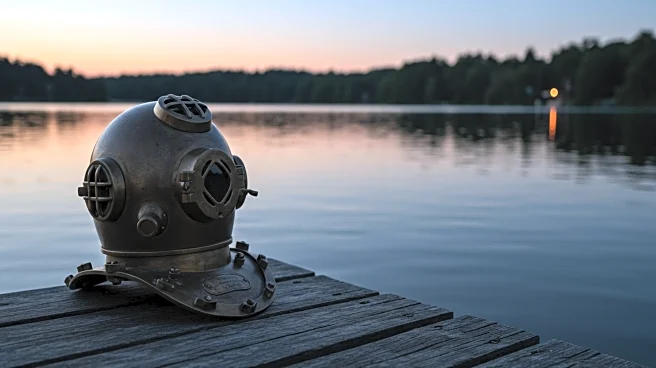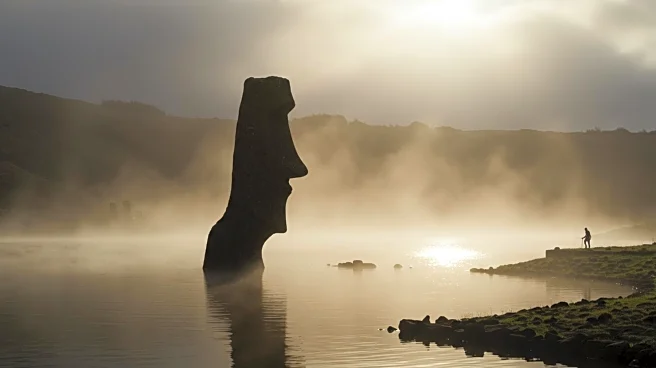What's Happening?
State archaeologists in Baden-Württemberg, Germany, have successfully identified 31 shipwrecks in Lake Constance, a project initiated in early 2024. The lake, located at the borders of Germany, Switzerland, and Austria, spans 207 square miles. The project, led by the state's office for monument preservation, aims to document all sunken wrecks in the lake. Among the discoveries is a fully preserved cargo ship, considered a rarity in underwater archaeology. The ship's mast, sail supporting timber, and other structural elements remain intact, offering unique insights into historical sailing technology and shipbuilding. Researchers utilized topographical maps and side-scan sonar technology to identify and document these wrecks, distinguishing natural structures from technical objects.
Why It's Important?
The discovery of these shipwrecks provides significant historical and archaeological insights into the region's past. Lake Constance has been a crucial nexus for trade, travel, and leisure, and the shipwrecks serve as time capsules preserving stories and craftsmanship from bygone eras. The findings contribute to understanding the cultural heritage of the area, offering reference objects for further research into historical sailing and shipbuilding techniques. This project underscores the importance of preserving cultural assets and highlights the effectiveness of combining high-resolution data acquisition with targeted sonar investigations.
What's Next?
The project is ongoing, with researchers planning follow-up investigations to further explore the identified anomalies and document additional wrecks. The team aims to uncover more historical artifacts and gain deeper insights into the lake's maritime history. Continued efforts will focus on analyzing the condition and significance of these cultural assets, potentially leading to new discoveries and contributions to historical research.
Beyond the Headlines
The project raises important questions about the preservation of underwater cultural heritage and the ethical considerations involved in documenting and potentially excavating these sites. It also highlights the technological advancements in underwater archaeology, showcasing how modern tools can uncover and preserve historical artifacts that were previously inaccessible.














